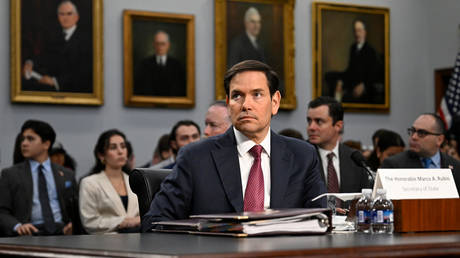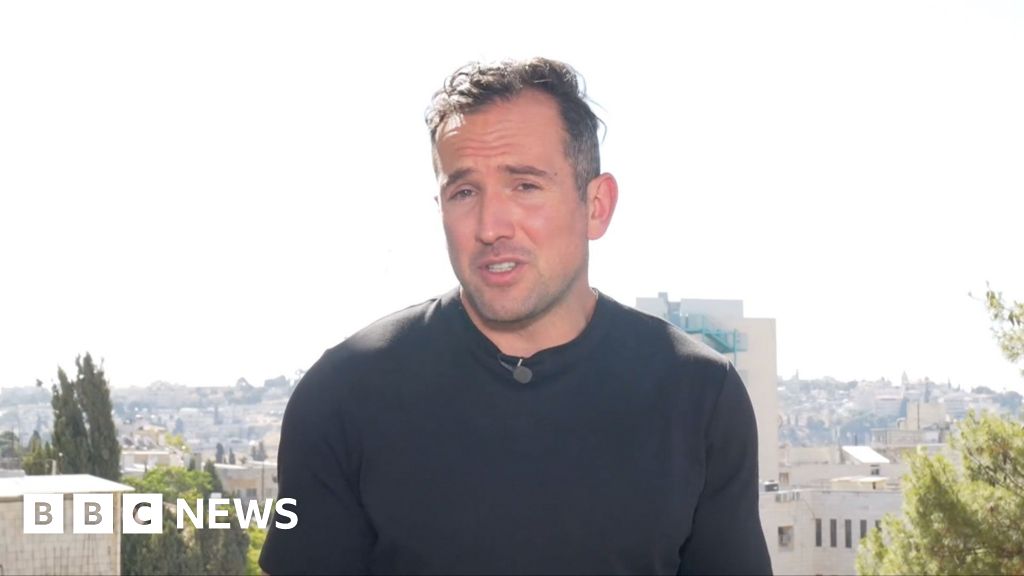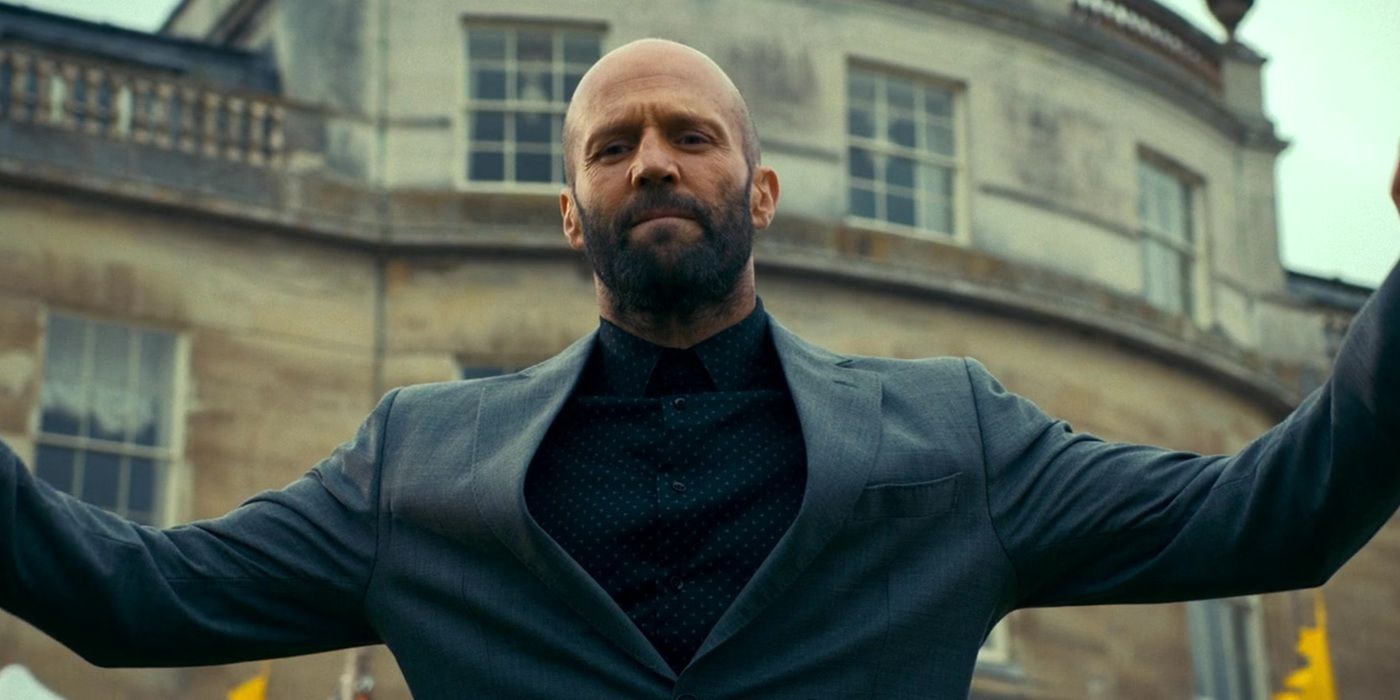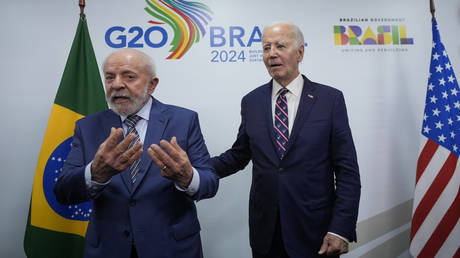5 ways leaders can get employees on board with unpopular decisions

Making difficult decisions is an inevitable part of being a leader. And at times, those decisions are unpopular. Yet in instances when it requires the efforts and cooperation of their team members, leaders have to find a way to get buy-in from the people that oppose those decisions in the first place.
This isn’t easy, and requires a delicate balance. Arrivee Vargas, executive coach and author of Your Time to Rise: Unlearn Limiting Beliefs, Unlock Your Power, and Unleash Your Truest Self, shares some of the considerations that you should think about when you need your team to get on board with your decision.
The importance of context
Sometimes, a decision is only unpopular due to lack of context. Employees have no idea how their boss came to the decision, and as a result, they might have their own narrative of what transpired.
That’s why it’s up to the leader to explain why they have to make the decision in the first place and disclose any organizational constraints that apply. Vargas says, “explain the context, explain what’s happening at play so you have a nice container for that decision, and employees know what the parameters are and what they expect.”
The importance of seeking feedback with constraints
Employees might also be reluctant to support a decision when they feel like their voice doesn’t matter. As a leader, seeking feedback or input before making a decision should be standard practice, yet Vargas believes this is one of the biggest challenges that leaders face.
However, Vargas argues that it’s important to put some sort of constraint on the decision-making process. One mistake that leaders often make, says Vargas, is entering the process too open. “From the beginning, you need to be able to put the information in a container. What information do I need? Who do I need information from? And you have to decide in advance how much is enough.” This might look like limiting the number of focus groups or amount of survey responses.
Picking the right way of communicating
It’s also important to figure out the appropriate forum to communicate, both when it comes to announcing a decision and seeking feedback. If you have a small team of fewer than 10 people, says Vargas, you need to meet with them one-on-one. Many leaders might argue that they don’t have time for it, says Vargas. However, “if you really care about bringing your team along . . . you have to invest the time and energy to show that you care.”
If it’s a big team, surveys and focus groups are great options for soliciting feedback. While town halls can be effective for giving announcements, they are not always the most appropriate forum for getting honest feedback.
Vargas does note, however, that even with the right method of communication, honest feedback can only come from organizations that have built foundational culture where there is trust, respect, and psychological safety. Without the right foundation, Vargas says, the whole process becomes much more difficult.
The difference between being liked and being respected
Making unpopular decisions is a crucial part of leadership. Yet Vargas believes that many leaders struggle with it because they want people to like them. “For most people, it’s really difficult for them to have these challenging conversations because they’ve never really had to have them.”
But leaders have to be prepared to make tough calls and understand that there is a difference between being linked and respected. “I would say especially for women of color, we’re conditioned to behave that way,” she acknowledges. “You don’t want to cause a fuss, you don’t want to be a bother. They’re very concerned about keeping the peace.”
When you think like this, Vargas says, you’re “confusing the decision-making with you as a person.” She goes on to say that she knows plenty of leaders who people might not necessarily want to spend time with. However, they’re “very much respected for their expertise and the way they make decisions.” As a leader, it’s crucial that you don’t conflate your decisions with your character. “That’s where you can get into trouble,” she says.
The importance of taking accountability
Finally, leaders need to own their decisions and take accountability for them, even when hindsight shows that they’re not necessarily the best ones. Owning when you miscalculate and make the wrong judgment call, says Vargas, is “leadership 101.”
This is where a company’s foundational culture plays a huge part. “You have to have an organization where making mistakes is actually okay,” Vargas says. “Because if you’re in an organization where as a leader, you punish people for mistakes for years, you’re not going to get any help when you admit that you’ve made a mistake.” Leaders need to create a culture where mistakes happen and people are allowed to move on when they’ve learned from them.
Ultimately, everything comes down to showing respect for the employee. “Employees really just want to feel like they’re valued and appreciated,” says Vargas. When it comes to making hard decisions, “they want to feel like you’ve asked me, and you thought that my opinion meant something.” They want to feel like you’ve considered their perspectives, and that it matters.
What's Your Reaction?
 Like
0
Like
0
 Dislike
0
Dislike
0
 Love
0
Love
0
 Funny
0
Funny
0
 Angry
0
Angry
0
 Sad
0
Sad
0
 Wow
0
Wow
0































































































